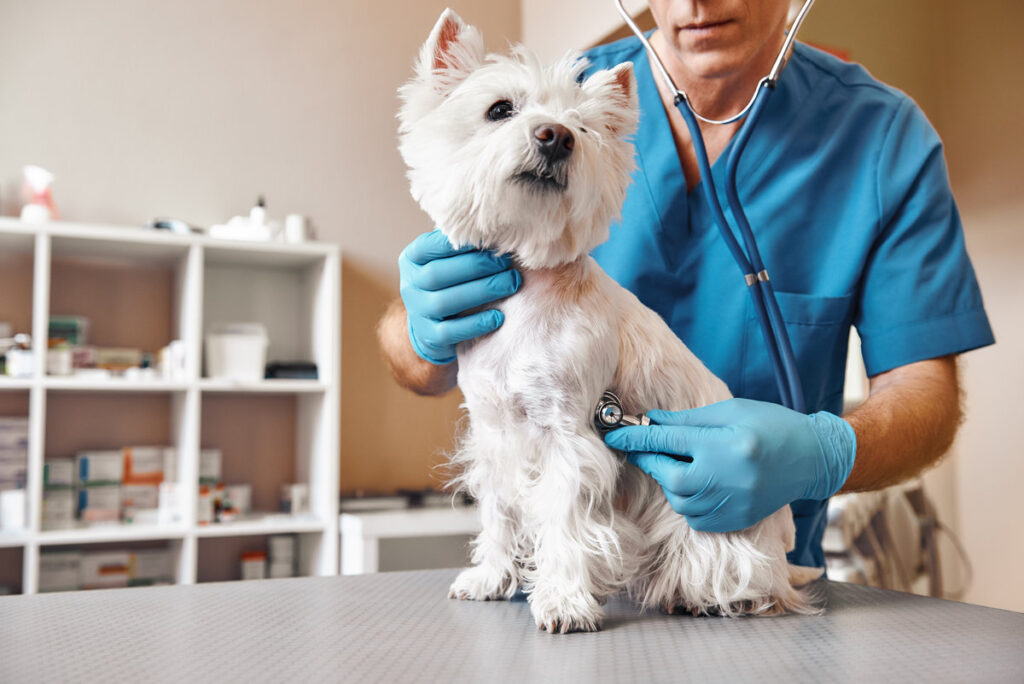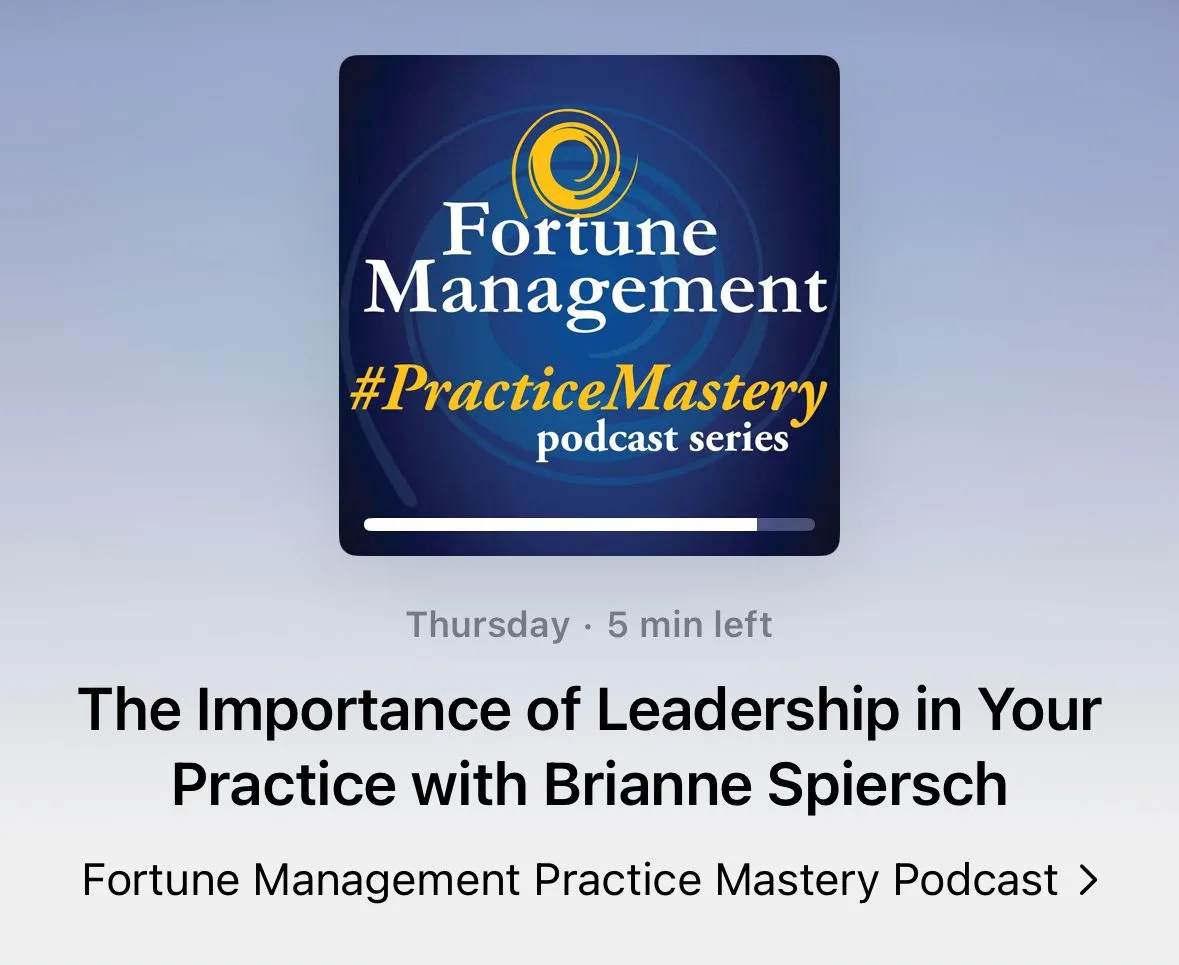
Veterinary practice owners often find that assembling a truly high-performing team requires more than just hiring skilled technicians and support staff. You may have experienced the frustration of watching talented individuals work well independently while struggling to collaborate effectively as a cohesive unit. Many practices operate with good people who produce mediocre results because they lack the leadership structure and team dynamics necessary to unlock their collective potential, leaving both owners and employees feeling disappointed with their workplace experience.
Veterinary Mastery transforms ordinary veterinary teams into high-performing units through proven leadership strategies and team development systems. We understand that building exceptional teams goes beyond technical training and requires intentional culture creation, clear communication frameworks, and leadership approaches that inspire people to excel. Our coaching methodology helps practice owners develop the leadership capabilities needed to create environments where team members thrive professionally while delivering outstanding patient care and client service.
Establishing Clear Vision and Shared Purpose
High-performing teams require a compelling vision that connects daily tasks to meaningful outcomes beyond simply treating patients and generating revenue. Your team needs to understand how their individual contributions support larger practice goals and community impact. This vision must be specific enough to guide decision-making yet inspiring enough to motivate people during challenging periods when work feels routine or demanding.
Communication of your practice’s mission and values cannot be a one-time conversation during employee orientation—it must be woven into regular interactions, team meetings, and performance discussions. Successful practice owners consistently reinforce their vision through storytelling, celebrating examples of team members living the values, and connecting daily achievements to bigger picture objectives. This ongoing reinforcement helps team members internalize the mission and make decisions aligned with practice goals even when leadership is not present.
Involving team members in vision development creates ownership and engagement that top-down approaches rarely achieve. When staff members contribute to defining practice values and goals, they become invested in achieving those outcomes rather than simply following orders. Regular team input sessions, feedback opportunities, and collaborative planning discussions build commitment and ensure your vision remains relevant to the people responsible for bringing it to life.
Creating Accountability Systems That Drive Results
Accountability represents one of the most misunderstood aspects of team leadership, often confused with punishment or criticism rather than supportive systems that help people succeed. Effective accountability begins with crystal-clear expectations for every role, specific performance standards, and regular check-ins that allow for course correction before problems escalate. Team members actually prefer environments with clear expectations and consistent feedback over situations where they guess what success looks like.
Performance measurement should focus on outcomes and behaviors that directly impact practice goals rather than arbitrary metrics that create busy work without meaningful results. Develop key performance indicators for each position that connect individual contributions to practice success, such as client satisfaction scores for front desk staff, treatment plan acceptance rates for technicians, or productivity measures for veterinarians. These metrics provide objective feedback that removes personality conflicts from performance discussions.
Recognition and consequences must be applied consistently and fairly across all team members to maintain credibility and trust. High-performing teams require both celebration of achievements and addressing of substandard performance in ways that support improvement rather than punishment. When you consistently recognize excellent work and help struggling team members improve, you create an environment where everyone understands that performance matters and success is supported.
Developing Leadership at Every Level
Exceptional veterinary teams distribute leadership responsibilities throughout the organization rather than concentrating all decision-making authority with the practice owner. Identify natural leaders among your staff and provide them with additional training, responsibilities, and authority to make decisions within their areas of competence. This approach not only reduces the burden on practice owners but also creates career advancement opportunities that help retain talented team members.
Mentorship programs pair experienced team members with newer employees to accelerate skill development and strengthen team bonds. These relationships transfer both technical knowledge and cultural understanding in ways that formal training programs cannot replicate. Senior staff members often find mentoring responsibilities energizing and rewarding, while new employees appreciate having dedicated support during their learning curve.
Cross-training initiatives ensure your practice can maintain high performance levels even when key team members are absent or when you experience staff turnover. When multiple people can handle critical functions, you reduce bottlenecks and create flexibility in scheduling and task assignment. Cross-training also provides growth opportunities for team members who want to expand their skills and take on new challenges within your practice.
Building Communication Systems That Eliminate Friction
Communication breakdowns represent the primary source of conflict and inefficiency in veterinary practices, yet most owners underestimate the importance of formal communication systems. Daily huddles, weekly team meetings, and monthly one-on-one sessions create structured opportunities for information sharing, problem-solving, and relationship building. These regular touchpoints prevent small issues from becoming major problems and ensure everyone stays aligned with practice priorities.
Conflict resolution protocols help team members address disagreements and tensions before they damage working relationships or affect patient care. Teaching your staff how to have difficult conversations respectfully, when to involve management in disputes, and how to find win-win solutions to common workplace challenges creates a more harmonious environment for everyone. Most team conflicts arise from miscommunication or unclear expectations rather than fundamental personality incompatibilities.
Feedback culture development encourages both upward and lateral communication that improves practice operations and team satisfaction. Create safe channels for staff members to share ideas, concerns, and suggestions without fear of retaliation or dismissal. The best improvement ideas often come from front-line employees who interact directly with clients and see operational inefficiencies that management may miss.
Transform Your Practice Through Strategic Team Development
Building a high-performance veterinary team requires intentional leadership development and systematic implementation of proven team management strategies. The practices we work with that invest in comprehensive team development consistently outperform their competitors in both financial results and workplace satisfaction. These improvements create positive cycles where better team performance attracts higher-quality employees and generates the resources needed for continued growth and development.
Our team development coaching program provides practice owners with the tools, frameworks, and ongoing support needed to build and maintain exceptional teams. We help you implement communication systems, accountability structures, and leadership development processes that transform your workplace culture while improving patient care and client satisfaction. Call (925) 408-2526 or complete our contact form to learn how our proven team development strategies can help you create the high-performing practice team you envision.







